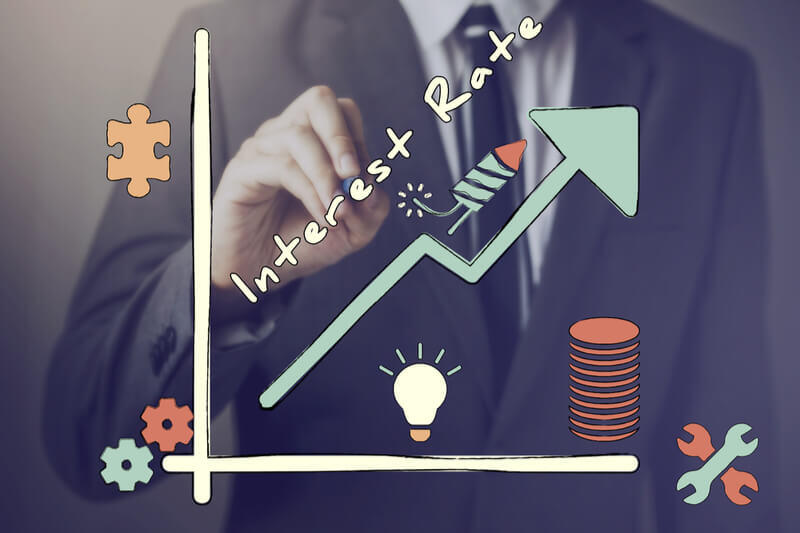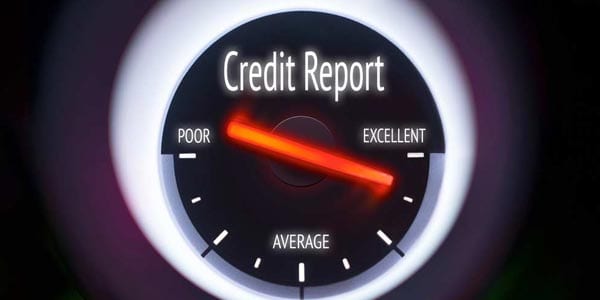The global pandemic COVID-19 has had a drastic impact on all industries. People have found themselves out of work, businesses have been forced to close down and people have been self-isolating from home. Australia’s economy has deteriorated under the impact. To protect the economy, Australian interest rates have dropped to rock bottom, however, this can only continue for so long. In this article, we discuss when will Australian interest rates rise again?
The primary response to the crisis has been focused on public health. While the secondary response has been saving what’s left of the Australian economy. Back in March 2020, the Reserve Bank responded by slashing the interest rates to a record low of 0.25 per cent. As we slowly return to life as normal, we are left wondering when will Australian interest rates rise again?
The Current Climate
With the onset of the global pandemic and the situation changing daily, no one could have predicted the impact this health crisis would have globally. Yet, as soon as social distancing laws were placed in Australia, many businesses were forced to shut down. This lead to an immediate 5.5% slump in jobs. Data suggests that 780,000 people found themselves out of work by the beginning of April. Shockingly, restrictions were only introduced on 30 March. In addition to this, wages were said to be down 6.7% in the three weeks following this.
To combat this, the Government introduced the Job Seeker and Job Keeper packages. This was an effort to keep the economy flowing and as many people in employment as possible. The Reserve Bank of Australia also stepped up by slashing interest rates. They now sit at the lowest ever in Australia’s history.

How Do low Interest Rates Help?
These interest rate changes have a huge impact on everyday Australians. However, the level of impact depends on whether they hold fixed or variable loans. If they hold a fixed loan, they will see no change. But those with variable loans will be able to save plenty of money with a reduced amount of interest charged on their account. This, in turn, impacts on their consumer behaviour. If they are able to free up more money, they will spend it in the economy. As a result, giving it a much-needed boost. It also lowers the cost of taking out a loan. Those struggling with finances during this crisis can use a loan as a viable option to help them out with the loan interest rates.
Now that restrictions have eased with children returning to school and people returning to work, where does that leave interest rates? When will Australian interest rates rise again?
When Will Australian Interest Rates Rise Again?
The simple answer: nobody knows. What we do know is that it is unlikely we will see a further drop in interest rates. But at the same time, they are also unlikely to rise any time soon. Reserve Bank governor Philip Lowe said the bank would hold the cash rate at 0.25 per cent “until progress is being made towards full employment and it is confident that inflation will be sustainably within the 2-3 per cent target band”. While restrictions have eased, life is yet to return to normal. Unfortunately, it could be a long time before we see the economy make a recovery from the effects of the pandemic.
According to Dr Low, this rate could remain in place for years, as the economy slowly builds its way back up again.
At the moment, there are too many unanswered questions to be able to put in place an accurate prediction. With restrictions beginning to ease, we have to wait and see if we are hit with a second wave of the virus. This would result in stricter measures coming back into play. These are all new waters we are navigating. Sadly, it doesn’t look like we should expect things to change anytime soon.
The good news is, now is the perfect time to get your finances in order as much as possible in your situation. You can use the rate cuts to save your money so it is put away for a rainy day, pay off any existing debt while the interest is low, or even refinance your loans into one new low interest rate. Now is the time to start exploring your options.

Need Help?
With the current climate, now is a good take a good hard look at your financial situation. From here, you can see what changes you can make to secure your future. Work out which option is the best for your current situation now. From here, you can put a plan into place while the interest rates remain low for the foreseeable future. If you are looking for a helping hand to navigate these waters, contact the experts at Australian Lending Centre. We can help you get on track with your loans. With our assistance, you can capitalise on the low-interest rates.












